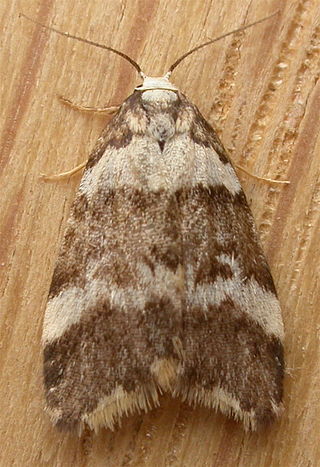
Australia, officially the Commonwealth of Australia, is a sovereign country comprising the mainland of the Australian continent, the island of Tasmania, and numerous smaller islands. Australia is the largest country by area in Oceania and the world's sixth-largest country. Australia is the oldest, flattest, and driest inhabited continent, with the least fertile soils. It is a megadiverse country, and its size gives it a wide variety of landscapes and climates, with deserts in the centre, tropical rainforests in the north-east, tropical savannas in the north, and mountain ranges in the south-east.
Paşalimanı Island, formerly Halone, is an island in the southern Sea of Marmara in Turkey. The island is the fifth largest island of Turkey and administratively belongs to the Erdek town of Balikesir Province in northwestern Turkey. The island has five small villages and has 962 population in total. Paşalimanı Island is also part of the Marmara Archipelago along with three other islands Marmara, Avşa and Ekinlik.

Halone is a genus of moths in the subfamily Arctiinae from southern Asia and Australia. The genus was erected by Francis Walker in 1854.

Halone coryphoea is a moth of the subfamily Arctiinae first described by George Hampson in 1914. It is found in Australia.

Halone sejuncta, the variable halone, is a moth of the subfamily Arctiinae first described by Rudolf Felder and Alois Friedrich Rogenhofer in 1875. It is found in Australia in Queensland, New South Wales, the Australian Capital Territory, Victoria, Tasmania and South Australia.

Buffalo Bill – The Scout is a bronze statue of a mounted rider outside the Buffalo Bill Historical Center in Cody, Wyoming, United States, that was placed in 1924 to commemorate the town's most famous resident and de facto founder, Buffalo Bill Cody. Originally in open land on the western outskirts of Cody, the statue now stands at the end of Sheridan Avenue, which became the town's main thoroughfare as Cody grew to the west. The project was initiated by Buffalo Bill Cody's niece, Mary Jester Allen, who had established the basis of what would become the Buffalo Bill Historical Center. A New Yorker, she persuaded heiress and artist Gertrude Vanderbilt Whitney to sculpt the piece.

The Alex Halone House in Thermopolis, Wyoming, United States, was built by Finnish immigrant Alex Halone for his personal residence in 1909–1910. Halone, a stonemason, built several stone structures in Thermopolis. Three generations of the Halone family were stonemasons. The grounds include a log Finnish sauna built by Alex and Eugene Halone with assistance from Lauri Suikaonen in 1946–51.

Halone prosenes, the pied halone, is a moth of the subfamily Arctiinae first described by Alfred Jefferis Turner in 1940. It is known from the Australian state of Victoria, where it is restricted to the South East Coastal Plain, South Eastern Highlands and the Victorian Volcanic Plain.
Halone consolatrix is a moth of the subfamily Arctiinae. It was described by Rudolph Rosenstock in 1899. It is found in Australia.
Halone ebaea is a moth of the subfamily Arctiinae. It was described by George Hampson in 1914. It is found in Australia.
Halone epiopsis is a moth of the subfamily Arctiinae. It was described by Alfred Jefferis Turner in 1940. It is found in Australia.
Halone interspersa is a moth of the subfamily Arctiinae. It was described by Thomas Pennington Lucas in 1890. It is found in Australia.
Halone ophiodes, the cryptic halone, is a moth of the subfamily Arctiinae. It was described by Edward Meyrick in 1886. It is found in Australia.
Halone servilis is a moth of the subfamily Arctiinae. It was described by Edward Meyrick in 1886. It is found in Australia.
Halone sinuata, the rock lichen moth, is a moth of the subfamily Arctiinae. It was described by Hans Daniel Johan Wallengren in 1860. It is found in Australia.
Halone sobria is a moth of the subfamily Arctiinae. It was described by Francis Walker in 1854. It is found in Australia.
Halone diffusifascia is a moth of the subfamily Arctiinae. It was described by Charles Swinhoe in 1896. It is known from Assam, India.
Apollonides of Cardia was a man of ancient Greece to whom Philip II of Macedon assigned for his private use the whole territory of the Thracian Chersonesus. Apollonides was afterwards sent by Charidemus as ambassador to Philip.
Cerceris halone is a species of wasp in the family Crabronidae. It is found in Central America and North America.







